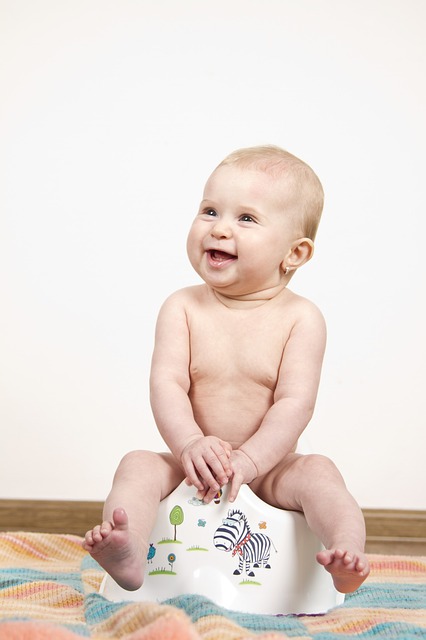
Potty Training Tips for Parents
These days, there are so many kids going to daycare because most parents have extremely busy schedules. It is, therefore, very important for parents to work very closely with the child care professional when they want to be potty trained.
The daycare providers usually have some very useful tips when it comes to potty training since they have been working with kids for a very long time and you may find some methods that may actually work very well for you. They also tend to be firmer than the parents and will worry less when the potty training seems not be working because they know that the kid will eventually get it right. When your kid is ready to start using the potty, the right guidance and supplies make all the difference.
Some signs to watch out for before you get started on the potty training process:
1. Make sure your kid is ready
Usually, between the age of two to three and a half years, your child should be ready to start toilet-training. Be sure to look out for the following signs to know that they are ready
- Shows high interest in the potty.
- Stays dry for long periods of time, like 2 hours.
- Wants to wear big boys/girls underwear.
- Tries to imitate family members.
- Diaper stays dry throughout the night.
- Starts having predictable and regular bowel movements.
- Able to remove and put on pants on their own.
2. Introduce potty training
After seeing those signs in your child, it is now time to start the potty training process. Children who are already in daycare already feel some peer pressure to get potty trained since they will see the other kids using the potty and wearing underwear. This makes them more motivated to get potty trained on their own. If your child is not in daycare and shows no interest in potty training, you can bring in an elder sibling, cousin or friend to show them how fun it is to use the toilet on their own.
If they completely refuse to use the potty, try and conceal your frustrations. Do not force them but keep offering. You can also read a potty training book together or watch a video. When he finally gives it a shot, be sure to show them that you are excited and happy even if they do not actually pee or poop. You can even reward them by giving them their favorite snack. Also, make sure you inform your childcare provider that you are potty training so that they can look out for any readiness signs and answer any questions from your child.
3. Set some rules
Make sure you discuss your plans with your child’s care provider. Like we said, they have a lot o experience in potty training and they may have some tips and tricks that may prove to be useful. Just ensure that the method they use at daycare is similar to the one you want to implement back at home so as not to get your child confused. Set specific times for bathroom break around when your child most often has to go so as to train their bladders.
4.Progress reports
Follow up with your child care provider often so as to exchange progress reports so that you may both know if your methods are working or not. If your childcare provider tells you that your child has been using the potty well, make sure that you tell your child this and let them know that you are proud of them. If something is wrong, try finding out from your child what the problem might be so that you may come up with a solution.
Potty training is a very crucial for the growth and development of your child. It makes them have the self-confidence to interact with their peers and shows that they are growing properly. However, it is important for parents to understand that they should not force it onto their kids as some may take a while to learn to use the potty. But if you see that it is taking too long, there might be an underlying problem and you may want to seek professional advice.
